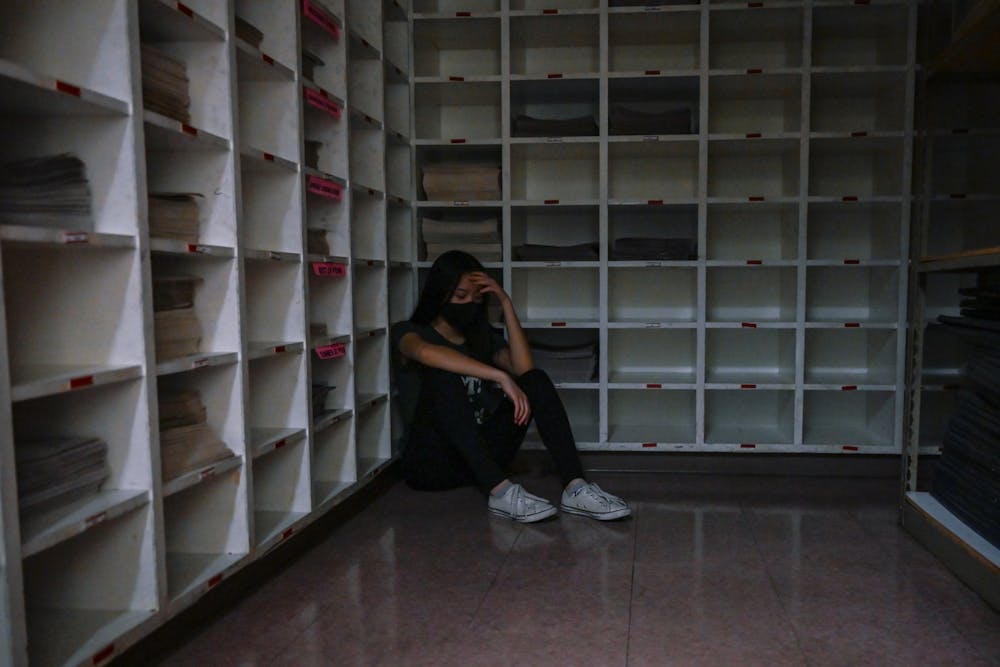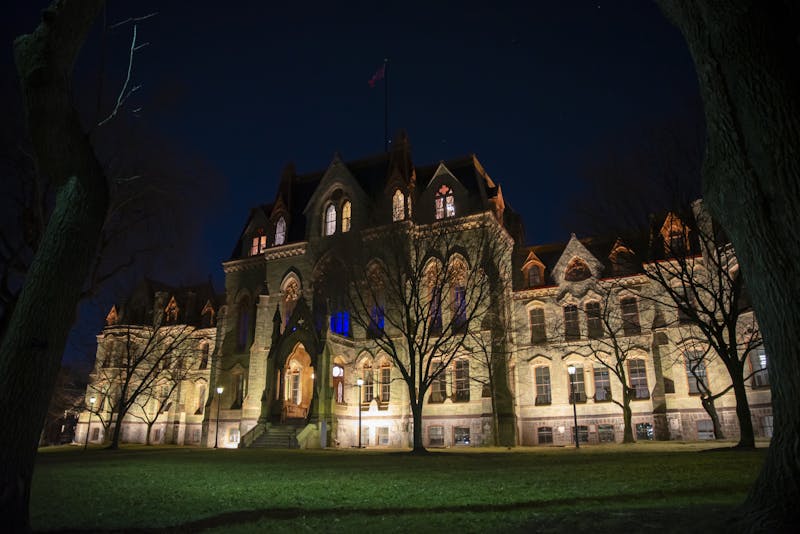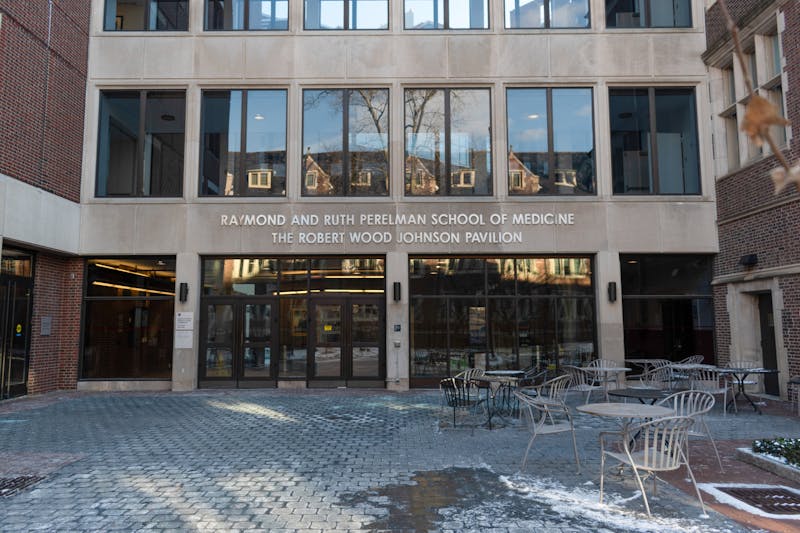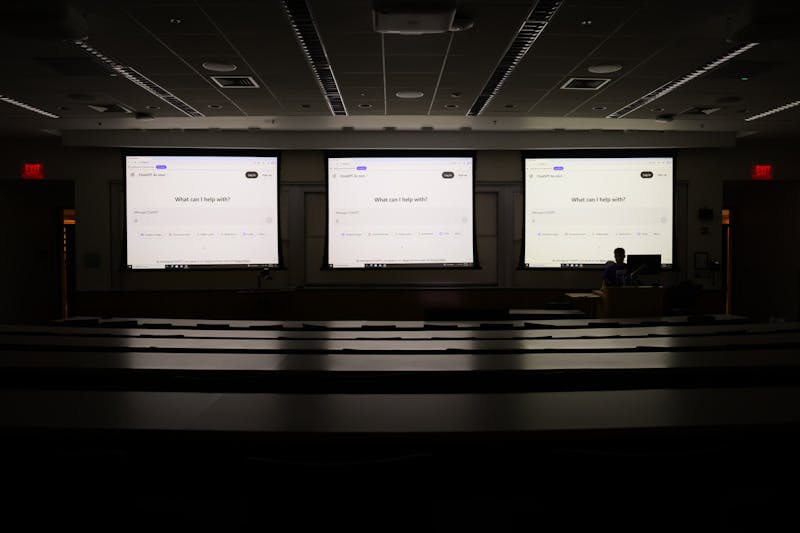
Over the past year, we have been inundated with statistics. Cases, deaths, hospitalizations, vaccinations, positivity rates, seven-day averages, false negativity rates. We have been forced to understand and interpret all kinds of numbers and graphs to get an understanding of how COVID-19 spreads in our communities and how dramatic its impact is. Without these statistics, we would have no way of contextualizing COVID-19 in our lives.
We encounter these numbers everywhere — on social media, in the news, in conversation with others — and we (rightfully) use them as a way of guiding our behavior. Amidst the surge in cases and deaths at the start of the winter, we doubled our masks and proceeded with caution. Now, with a steady increase in nationwide inoculation, we feel our optimism returning after a year of yearning for normalcy. Rarely does our interpretation of statistics extend beyond our own lives, and rarely do we pause and really think about the immensity of those numbers.
But here’s a statistic worth pausing for: as of the writing of this column, 527,726 Americans have died of COVID-19. Five hundred and twenty-seven thousand, seven hundred and twenty-six.
It’s difficult for us to think about numbers larger than what we can see. We can visualize a room full of five, ten, 50, or even 100 people, but our comprehension of larger numbers begins to break down. For example, we know intrinsically how long 50 seconds is, but as we expand that, the values become increasingly out of touch. 500 seconds is a little over eight minutes. 5,000 seconds is roughly an hour and 20 minutes. 50,000 seconds is nearly 14 hours. 500,000 seconds, however, is 5.8 days. Large numbers create a cognitive disconnect, a wall that just escapes our comprehension. We can’t realistically understand how much 500,000 really is, no matter how much we try.
So, we resort to comparison. One on hand, we can make the loss seem unfathomably large. As President Biden said last month, the death toll represents “more Americans who have died in one year ... than in World War I, World War II and the Vietnam War combined.” It’s as if the entire population of Atlanta (and then some) perished in a single year. Yet, other comparisons seemingly dwarf COVID-19’s impact. For instance, the number of Americans who died of COVID-19 can fit in approximately 4.9 Michigan Stadiums. But do those comparisons really get you any closer to making sense of 527,726?
This is the wrong way to try to understand how many we’ve lost due to COVID-19. Every attempt at understanding a large number is going to fall short, because our brains can’t make that leap of faith. Instead, we need to zoom in. Instead of looking at numbers in aggregate, we need to focus on each individual loss; we need to acquaint ourselves with each tree, not the forest.
Elizabeth Duff, 72, was the first woman to drive a bus in Nashville, Tenn. Helen Etuk, 20, was a college student who dreamed of becoming a pediatrician. John Prine, 73, was one of the greatest musicians of all time. Brandy Houser, 41, was a hospice care consultant who loved karaoke. William “Cody” Anderson, 78, was a radio host at WURD, the only Black-owned radio station in Philadelphia. All of them died of COVID-19. The 527,721 others led lives just as rich, nuanced, and beautiful as the five here.
Just like you, they had a multitude of experiences — they had days where they couldn’t stop laughing, sleepless nights full of worry, people with whom they were head over heels in love, colleagues for whom they had nothing but contempt. Some of them were kind, some of them were probably jerks. But they were all humans with a wealth of stories to tell and they were all lost to an illness that they couldn’t have predicted.
For many of them, their last moments were experienced in near-isolation, separated from those they loved. “During COVID, aside from the sheer volume of deaths, the hardest part has been that patients are dying often alone without family and friends at the bedside,” said George L. Anesi, MD, over email. Dr. Anesi is an ICU physician and co-chair of the Penn Medicine Critical Care Alliance COVID-19 and Pandemic Preparedness Committee. “We have to have the hardest family discussions over the phone or video conference, which is difficult.” For those family and friends, the past year has been inexplicably devastating. It means an empty bed, a text that will forever go unanswered, a grandparent who will be known to their grandchildren only through stories and photographs.
Soon, we’ll get our vaccines, take off our masks, and embrace our loved ones in restaurants and bars. As we make our way through the next year and the decade, we’ll come to think of the pandemic as nothing more than a nightmare that gets more and more distant with each passing day. But as we realize the fantasy that we’ve longed for over the past year, we need to remember each life that was lost — not as a dot on a chart, but as a person.
VARUN SARASWATHULA is a College junior studying neuroscience and healthcare management from Herndon, Va. His email is saraswathula@thedp.com.
The Daily Pennsylvanian is an independent, student-run newspaper. Please consider making a donation to support the coverage that shapes the University. Your generosity ensures a future of strong journalism at Penn.
Donate






